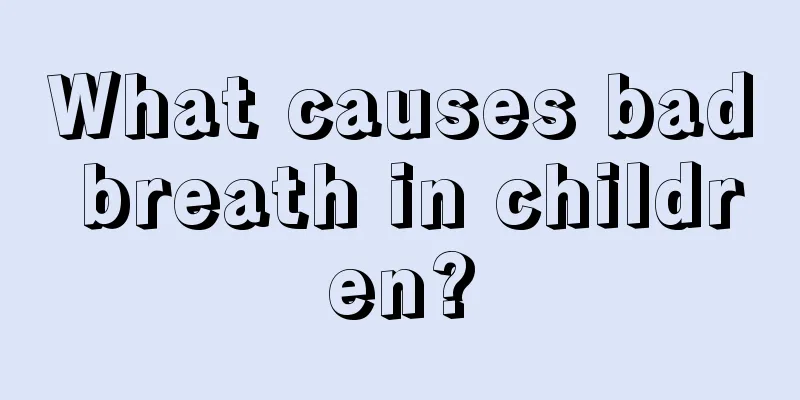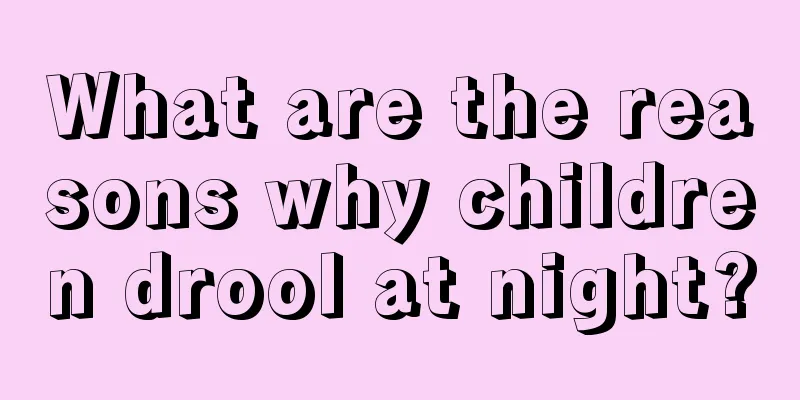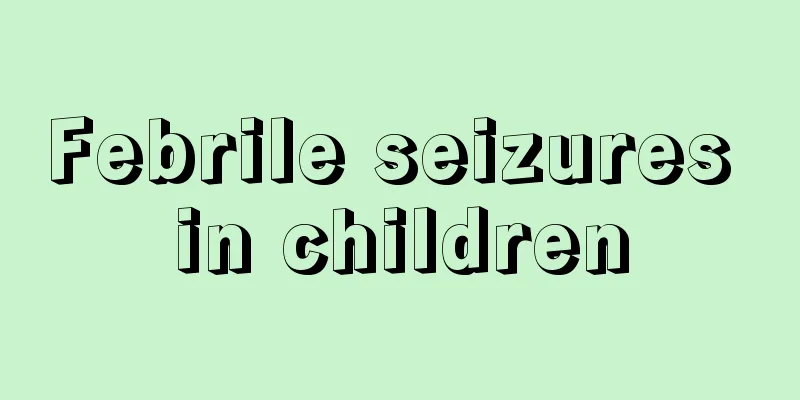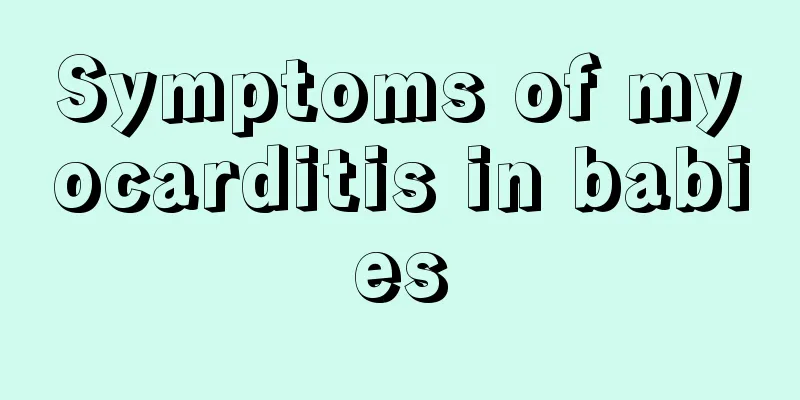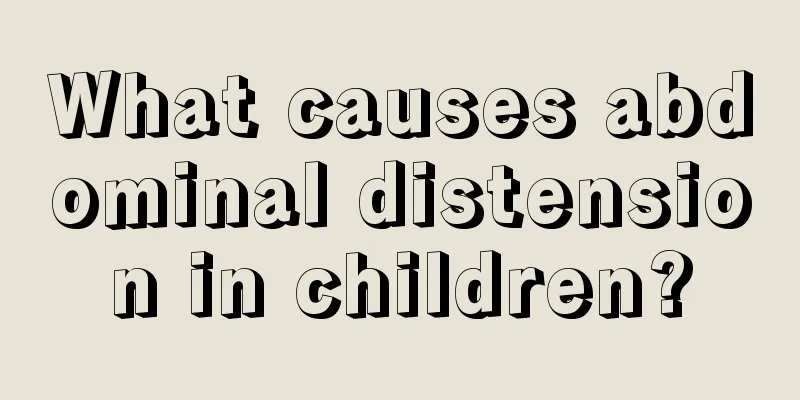What should I do if my child has a low fever?
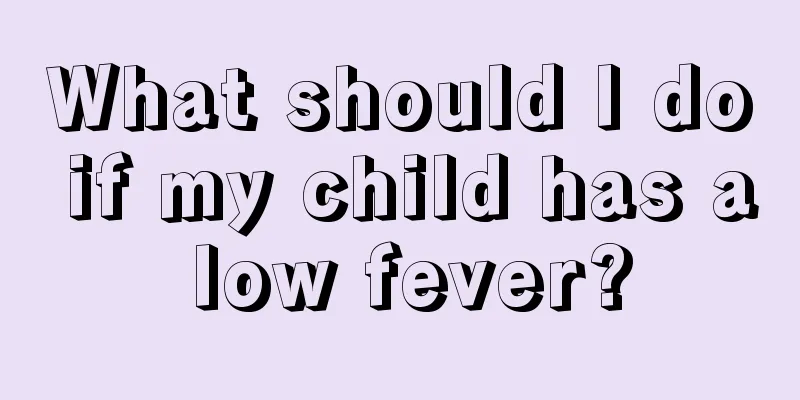
|
Many children are particularly tired because of frequent low-grade fever. At this time, you should give your baby some medicine, or take your baby to see a doctor in time. Most of the causes of low-grade fever in babies are closely related to the baby's stomach or cold. In the stage of low-grade fever, mothers can take physical cooling methods. So what should children do if they have a low-grade fever? People with fever and the following conditions should be sent to hospital for treatment: 1. Pay attention to your child’s mental state. If the child has a high fever but is in good spirits, and can still laugh and play after taking medicine to reduce the fever, and is almost the same as usual, it means that the child's condition is not serious and he or she can be rest assured to recuperate at home. If the child is listless, tired, and has a dull expression, it indicates that the child is seriously ill and should be taken to the hospital immediately. (2) Observe the child’s facial complexion. If the child's complexion is normal or flushed, you can safely care for him/her at home. If the face is dull, yellow, blue, or purple, and the eyes are dull, it means the condition is serious and the person should be sent to the hospital. (3) Observe whether the child has severe, projectile vomiting. If so, it indicates the possibility of brain disease, the child should be taken to the hospital. (iv) Check the skin for rashes; if present, this may indicate an infectious disease or drug allergy. Check whether the skin turns purple or cool, which indicates circulatory failure. In both cases, you need to go to the hospital again. (5) Observe whether the child has abdominal pain and bloody stools. Abdominal pain that does not allow massage indicates acute abdomen, and bloody stools indicate dysentery, etc., and the child must be taken to the hospital. If the child only has a high fever and does not have the above complications, there is no need to worry even if the fever subsides slowly or recurs from time to time. You should patiently treat and care for the child at home. You can take the following measures: (1) Keep the environment quiet, comfortable and moist, ventilate the room regularly, and adults should not smoke. (2) Fever is the body's protective response against microbial invasion and is beneficial to enhancing the body's resistance. Therefore, there is no need to take antipyretics if the body temperature is below 38.5℃. Antipyretic measures are only required if the body temperature exceeds 38.5℃. {3) The sick child should not wear too many clothes, the quilt should not be too thick, and the child should not be "sweat-covered" to avoid affecting heat dissipation and causing the body temperature to rise even higher. (4) Encourage children to drink more water and eat more fruits. After having a fever, the child's appetite decreases. You can prepare some delicious and easy-to-digest meals and choose the time when the child's temperature is not high or when he or she has taken medicine to reduce the fever to eat, but do not let the child eat too much. (V) Maintain smooth bowel movements. |
<<: The child has a low-grade fever of more than 37 degrees
>>: Should I cover my baby with a blanket if he has a low fever?
Recommend
Color of stool for two months old baby
In fact, the color of a person's feces can re...
What should I do if my nine-year-old child is nearsighted?
Today's parents attach great importance to th...
What is the situation of baby's stool being stringy?
Whenever the baby defecates, the mother and famil...
White lumps on baby's gums
The baby is now in the golden period of growth, s...
What is the reason for a child's yellow tongue?
In the field of traditional Chinese medicine, dis...
What are the hazards of excessive lead to children
Although lead is an essential metal element in th...
What to do if your child keeps coughing? Patting the back is effective!
Cough is a common clinical disease, most of which...
What to do if your child has eye pain
If a child has eye pain, it must not be ignored. ...
Causes of Rough Skin in Babies
The skin of a newborn baby is very smooth. If the...
What to do if children have a fever and headache
Fever and headache are common symptoms in childre...
What should I do if my younger brother doesn't listen?
Raising children is an activity in life that requ...
What to do if your child has red and swollen eyes
Sometimes children have red and swollen eyes, whi...
Children's cough medicine
Children have relatively weak resistance, so it i...
What should a two-year-old child with constipation eat?
When children are two years old, their parents wi...
How to feed your baby hydrolyzed milk powder
Nowadays, if the mother has no breast milk, the o...
